The innovative transformation of a CNC machine into an automatic pancake machine involves a blend of creativity and engineering. The core of this transformation is the extruder, ingeniously crafted from a plastic sauce bottle, which is meticulously measured and cut to dispense the pancake mix. The extruder's design is complemented by 3D printed parts that ensure its stability and functionality within the machine.
To accommodate the sauce bottle, the design requires a precise alteration, including the application of heat to reshape the bottle's end for a snug fit. This meticulous attention to detail in the design phase underscores the importance of material compatibility and adaptability in creating a durable pancake machine.
The integration of an air pump, which propels the pancake mix using air pressure, is a testament to the machine's innovative use of simple materials to achieve automation. The assembly process further involves attaching a coupling to the bottle, facilitated by drilling and securing it with a spanner, showcasing the machine's practical and user-friendly design.
Electronics also play a pivotal role, with the CNC machine's controller being modified to manage the air pump via output signals. This modification includes the addition of a switch for manual control and an LED indicator for operational status, highlighting the seamless incorporation of electronic components into the machine's design.
The final design ensures that the machine is not only capable of producing pancakes in various shapes and sizes but also emphasizes ease of use and maintenance, making it an attractive addition to any business looking to innovate their breakfast offerings.















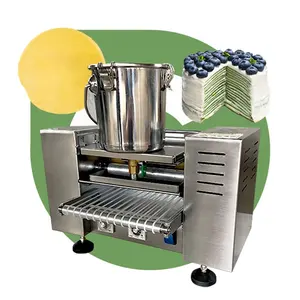

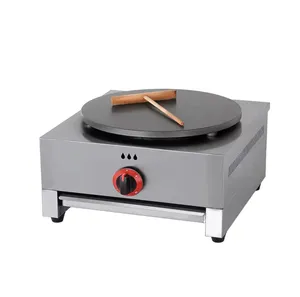











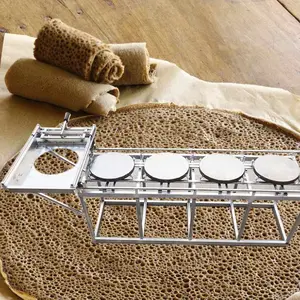
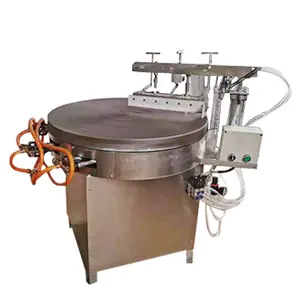

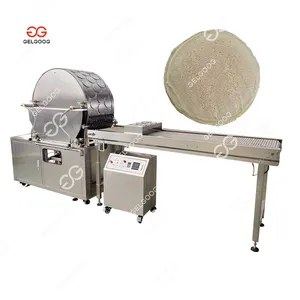


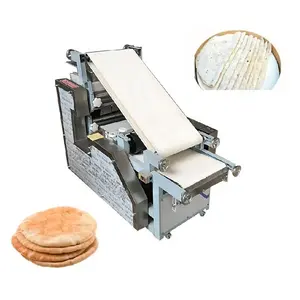


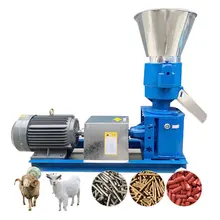
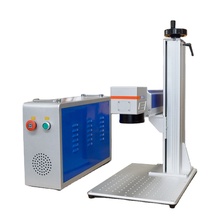




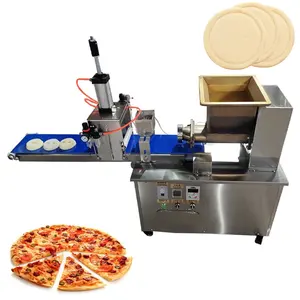


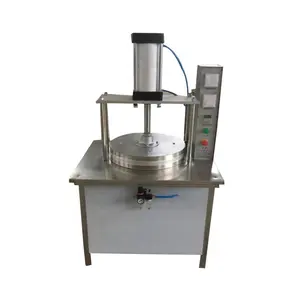
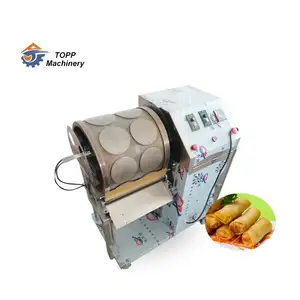




















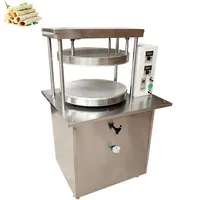









 浙公网安备 33010002000092号
浙公网安备 33010002000092号 浙B2-20120091-4
浙B2-20120091-4